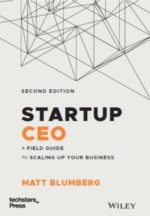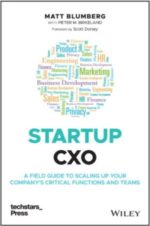I Don’t Want to Be Your Friend (Today)
The biggest problem with all the social networks, as far as I can tell, is that there’s no easy and obvious way for me to differentiate the people to whom I am connected either by type of person or by how closely connected we are.
I have about 400 on Facebook and 600 on LinkedIn. And I’m still adding ones as new people get on the two networks for the first time. While it seems to people in the industry here that “everyone is on Facebook,” it’s not true yet. Facebook is making its way slowly (in Geoffrey Moore terms) through Main Street. Main Street is a big place.
But not all friends are created equal. There are some where I’m happy to read their status updates or get invited to their events. There are some where I’m happy if they see pictures of me. But there are others where neither of these is the case. Why can’t I let only those friends who I tag as “summer camp” see pictures of me that are tagged as being from summer camp? Why can’t I only get event invitations from “close friends”? Wouldn’t LinkedIn be better if it only allowed second and third degree connections to come from “strong” connections instead of “weak” ones?
It’s also hard to not accept a connection from someone you know. Here’s a great example. A guy to whom I have a very tenuous business connection (but a real one) friends me on Facebook. I ignore him. He does it again. I ignore him again. And a third time. Finally, he emails me with some quasi-legitimate business purpose and asks why I’m ignoring him — he sees that I’m active on Facebook, so I *must* be ignoring him. Sigh. I make up some feeble excuse and go accept his connection. Next thing I know, I’m getting an invitation from this guy for “International Hug a Jew Day,” followed by an onslaught of messages from everyone else in his address book in some kind of reply-to-all functionality. Now, I’m a Jew, and I don’t mind a hug now and then, but this crap, I could do without.
I mentioned this problem to a friend the other day who told me the problem was me. “You just have too many friends. I reject everyone who connects to me unless they’re a really, super close friend.” Ok, fine, I am a connector, but I don’t need a web site to help me stay connected to the 13 people I talk to on the phone or see in person. The beauty of social networks is to enable some level of communication with a much broader universe — including on some occasions people I don’t know at all. That communication, and the occasional serendipity that accompanies it, goes away if I keep my circle of friends narrow. In fact, I do discriminate at some level in terms of who I accept connections from. I don’t accept them from people I truly don’t know, which isn’t a small number. It’s amazing how many people try to connect to me who I have never met or maybe who picked up my business card somewhere.
The tools to handle this today are crude and only around the edges. I can ignore people or block them, but that means I never get to see what they’re up to (and vice versa). That eliminates the serendipity factor as well. Facebook has some functionality to let me “see more from some people and less from others” — but it’s hard to find, it’s unclear how it works, and it’s incredibly difficult to use. Sure, I can “never accept event invitations from this person,” or hide someone’s updates on home page, but those tools are clunky and reactive.
When are the folks at LinkedIn and Facebook going to solve this? Feels like tagging, basic behavioral analysis, and checkboxes at point of “friending” aren’t exactly bleeding edge technologies any more.



